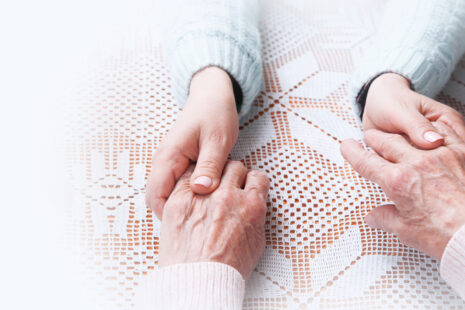As caregivers, understanding and effectively implementing the Activities of Daily Living (ADL) checklist is essential for providing comprehensive care to our loved ones.
Let’s delve into what the ADL checklist entails and how it can benefit caregivers.
- Defining the ADL Checklist
- The ADL checklist is a tool used by caregivers to assess and track an individual’s ability to perform basic activities necessary for daily living independently.
- It includes tasks such as bathing, dressing, grooming, toileting, eating, and mobility, which are fundamental for maintaining one’s health and well-being.
- Importance of the ADL Checklist for Caregivers
- The ADL checklist serves as a guide for caregivers to identify areas where assistance or support may be needed and to monitor changes in an individual’s functional abilities over time.
- By systematically evaluating ADL performance, caregivers can tailor care plans, interventions, and support services to address specific needs and promote independence.
- Components of the ADL Checklist
- Bathing – Assessing the individual’s ability to bathe safely and independently, including tasks such as washing, rinsing, and drying oneself.
- Dressing – Evaluating the individual’s capability to select appropriate clothing and dress oneself without assistance.
- Grooming – Checking for the ability to groom oneself, including tasks such as brushing hair, shaving, and oral hygiene.
- Toileting – Monitoring the individual’s ability to manage toileting needs independently, including using the toilet, maintaining hygiene, and managing incontinence if applicable.
- Eating – Assessing the individual’s ability to feed oneself, including the use of utensils, chewing, and swallowing safely.
- Mobility – Evaluating the individual’s capacity to move around independently, including walking, transferring from one surface to another, and using mobility aids if needed.
- Using the ADL Checklist Effectively
- Regularly assess the individual’s ADL performance to track changes in functional abilities and identify areas requiring additional support or intervention.
- Collaborate with healthcare professionals to develop personalized care plans based on the findings of the ADL checklist, incorporating adaptive strategies and assistive devices as needed.
- Provide compassionate support and encouragement while respecting the individual’s autonomy and preferences throughout the caregiving process.
- Benefits of the ADL Checklist
- Enhances communication and coordination among caregivers, healthcare providers, and family members by providing a standardized framework for assessing and addressing care needs.
- Empower caregivers to proactively address challenges in ADL performance, optimize care interventions, and improve the overall quality of care provided to individuals under their supervision.
The ADL checklist serves as a valuable tool for caregivers, enabling them to assess, monitor, and support individuals’ ability to perform essential activities of daily living effectively. By incorporating the ADL checklist into their caregiving routine, caregivers can enhance the quality of care provided and promote the independence and well-being of those they care for.







